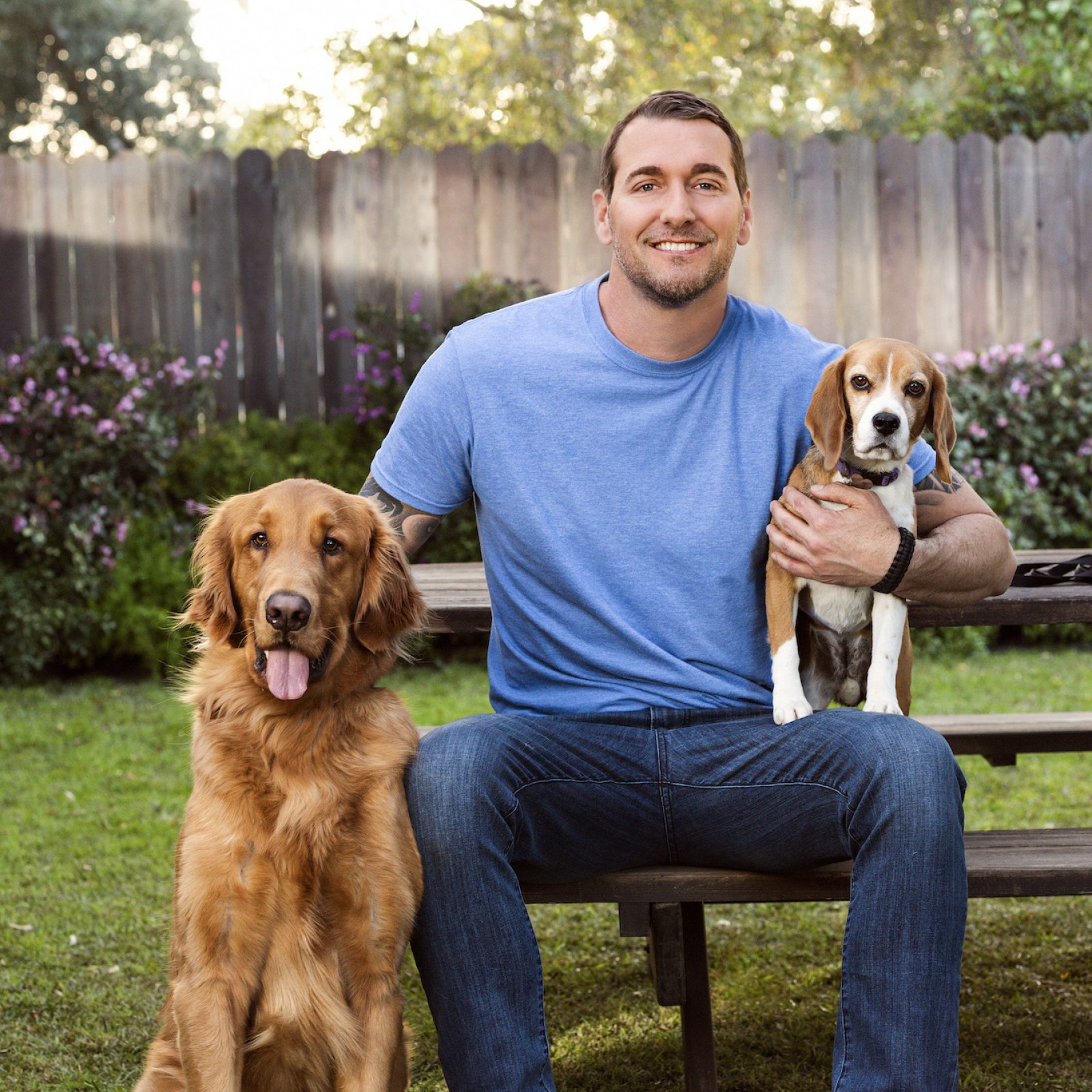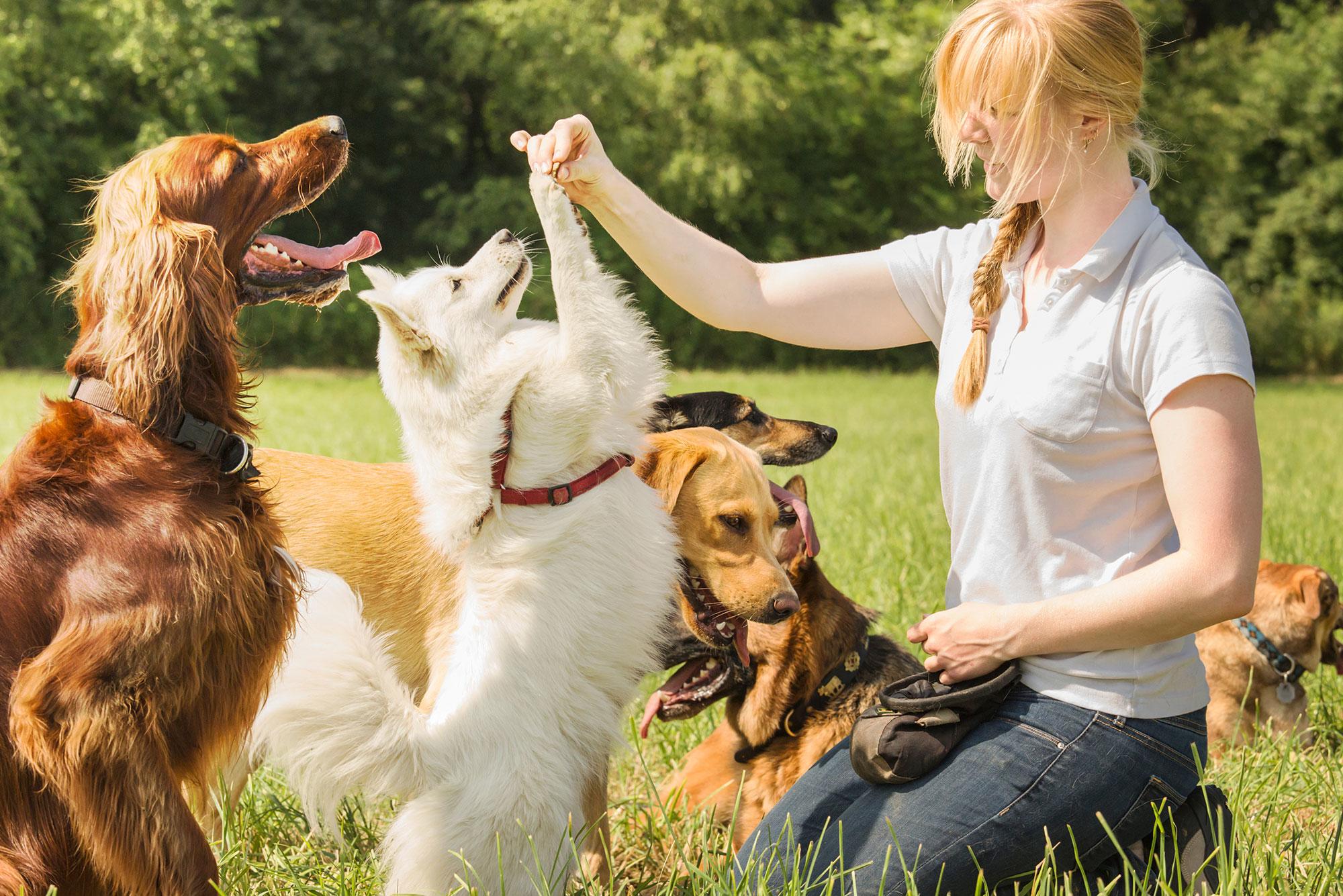Transform Your Pet dog's Habits With Proven Training Methods
Transforming your pet dog's actions calls for a nuanced understanding of their individual traits and requirements, in addition to the application of tried and tested training approaches. By using favorable support and identifying important add their body movement, you can efficiently deal with typical behavior problems such as extreme leaping or barking. Consistency in your training approach not only enhances obedience but likewise fosters a much deeper bond of count on and respect in between you and your family pet. The course to successful makeover may offer unanticipated difficulties that warrant additional exploration.
Understanding Pet Dog Actions
Understanding canine actions is important for reliable training and interaction between people and their canine buddies. Dogs, as social animals, display a variety of actions influenced by genes, atmosphere, and experiences - Dog training. Identifying these habits helps proprietors tailor their training approaches to satisfy the specific demands of their canines
Key facets of pet dog habits include body language, vocalizations, and social interactions. Additionally, socialization plays a critical duty in forming behavior; dogs that communicate positively with numerous individuals and other animals are normally much more well-adjusted and versatile.
Furthermore, recognizing stress signals-- such as panting, avoidance, or pacing habits-- can prevent rise into more significant problems. Proprietors who are attuned to their pet dog's behavior can develop a risk-free and caring atmosphere, promoting trust fund and improving the training procedure. Eventually, a deep understanding of canine behavior lays the foundation for an unified connection and reliable training results, making certain both pet dogs and their owners flourish together.
Favorable Reinforcement Strategies
Positive reinforcement strategies are widely identified as one of the most efficient techniques for training dogs, cultivating a positive learning setting. This approach includes rewarding desired actions with treats, praise, or play, therefore encouraging the canine to duplicate those actions. Unlike punishing approaches, positive support develops trust fund and strengthens the bond in between the fitness instructor and the pet dog.
To execute positive support properly, timing is essential. Benefits must be offered instantly complying with the desired actions to help the dog make the connection. Uniformity is additionally crucial; making use of the very same commands and benefits assists the pet dog recognize what is anticipated. Additionally, differing the incentives can maintain the canine engaged - Dog training. Rotating between deals with, playthings, and verbal praise can maintain interest and motivation.
It is necessary to keep in mind that positive support is not regarding bribery; rather, it is concerning strengthening etiquette. Gradually, as the canine finds out to link particular activities with positive end results, the frequency of incentives can be gradually lowered, transitioning to verbal appreciation or intermittent benefits. This technique not only motivates obedience but additionally promotes a satisfied and positive pet dog, making training a much more pleasurable experience for both events involved.
Resolving Common Concerns
Addressing common issues throughout dog training is crucial for making certain a harmonious and successful connection between the dog and its proprietor. Several canine proprietors experience behavior challenges, such as too much barking, jumping, and chain pulling. Comprehending the source of these actions is important for effective training.
Extreme barking may come from boredom, anxiousness, or an absence of socializing. To alleviate this, provide adequate exercise, psychological stimulation, and possibilities for social interaction with both people and various other pets. Jumping can typically suggest exhilaration or a need for focus. Educating the dog to sit upon welcoming can reroute this habits favorably.
Chain drawing is one more common problem, regularly resulting from a dog's eagerness to explore. Making use of proper leash dealing with methods, integrated with training protocols that motivate loose-leash strolling, can significantly improve this actions.
On top of that, concerns like resource protecting or separation anxiousness call for tailored approaches. Progressive desensitization and counter-conditioning can be efficient in attending to these challenges. By acknowledging and proactively managing these typical issues, pet owners can cultivate a more enjoyable training experience and enhance the bond with their canine companions.
Uniformity in Training

To achieve uniformity, it is vital that all members of the house stick to the same training approaches. Making use of the exact same spoken signs and hand signals guarantees that the pet dog obtains uniform messages. In addition, the timing of adjustments and incentives should be constant; prompt support raises the possibility that the pet will certainly associate the habits with the end result.
Routine technique sessions, combined with organized schedules for feeding, strolling, and playtime, help pet dogs prepare for and recognize their environment, making them much more responsive to training. Inevitably, consistency fosters a sense of protection and depend on, empowering canines to discover a lot more properly.
Building a Strong Bond
Exactly how can promoting a solid bond between a pet dog and its owner boost the training experience? When a pet dog feels safe in its connection with its proprietor, it is a lot more likely to show favorable habits and be receptive to learning.
Furthermore, a strong bond assists in much better communication. Canines are adept at reading human signs, and a trusting partnership permits clearer signals during training. Proprietors who spend time in building this bond through play, socializing, and favorable reinforcement produce an environment where pets really feel anxious and inspired to learn.
Furthermore, a well-established connection can reduce stress and anxiety and behavior issues, as pet dogs are less most likely to act out when they feel comprehended and cared for. Focusing on the development of a strong bond not just enhances the training experience however additionally contributes to a better and more well-adjusted pet. Ultimately, the trip of training changes right into a collective collaboration, leading to lasting behavioral renovations.
Conclusion

Proprietors that are attuned to their pet's actions can develop a caring and secure setting, cultivating depend on and boosting the training procedure. Eventually, a deep understanding of canine habits lays the foundation for a harmonious relationship and effective training outcomes, ensuring both pets and their proprietors flourish together.
Addressing common concerns throughout pet dog training is necessary for making sure a successful and harmonious connection between the dog and its proprietor.Uniformity is a foundation of effective dog training, as it develops a clear framework for the dog to understand assumptions and habits.In final thought, transforming a dog's actions with shown training methods calls for an understanding of canine habits, the application of positive support strategies, and a focus on uniformity.